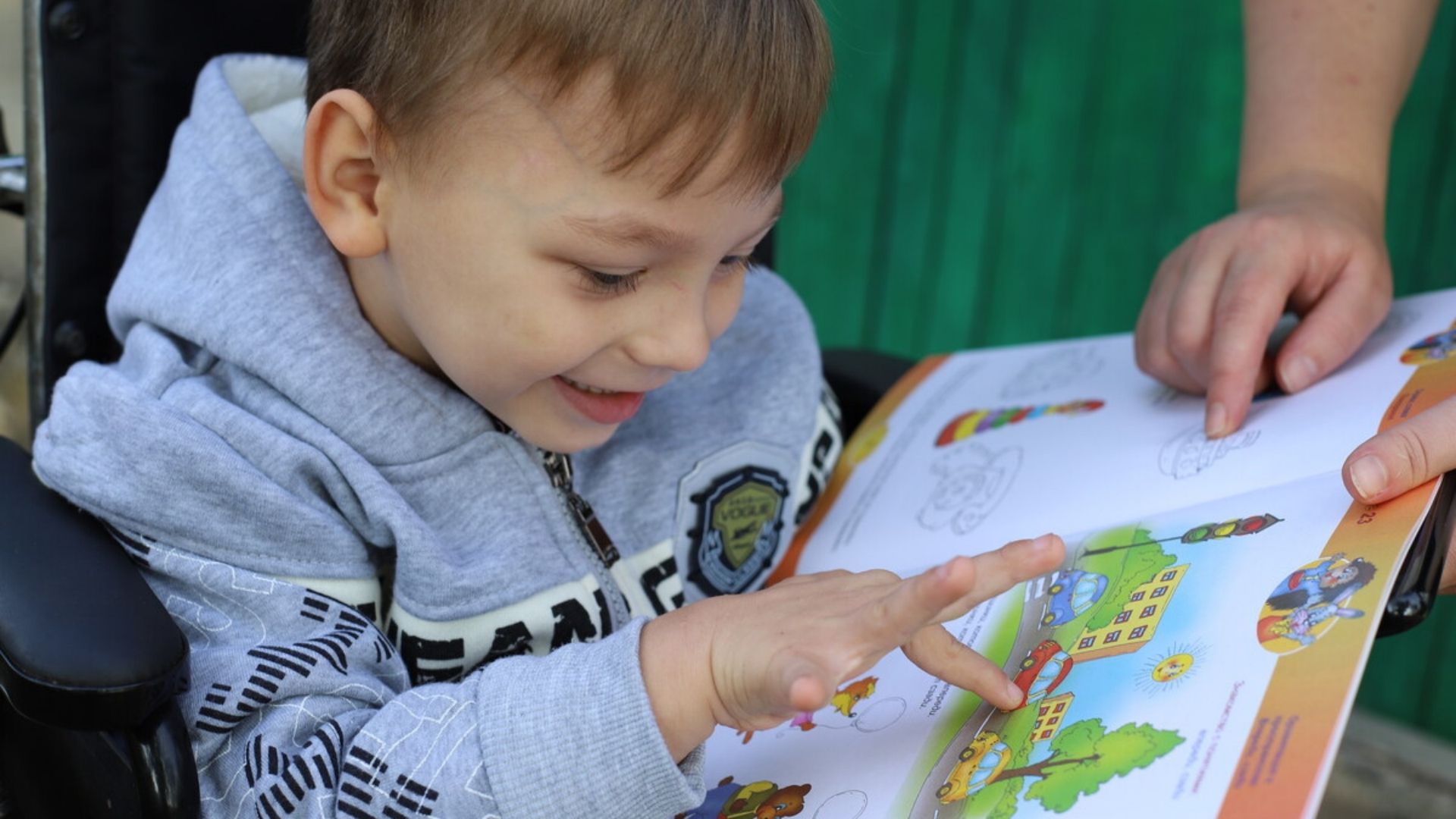Many children are placed in orphanages because they cannot access a good education in their community. This happens at all ages, from early childhood education and development through to primary, secondary and tertiary levels.
In some countries, institutions are labelled as ‘boarding schools’ – this can give false legitimacy to the institution in the eyes of parents, donors and the community, and lead to institutions being invisible in alternative care statistics .
Read our key recommendations on how eliminating orphanages can make progress on Strategic Development Goal 4 (SDG4) – Quality Education:
But the availability of education in institutions should never be seen as an acceptable alternative to providing inclusive education close to home. Parents should never be asked to choose between raising their child in their family or giving them an education.
Institutionalisation leads to poorer education outcomes
Despite promises made by institutions, and the hopes of parents, education for children in institutions, if provided at all, is very rarely of a satisfactory standard – leading to lower educational attainment and contributing to poorer life chances.
Decades of research has shown the detrimental effects of institutionalisation on child development. Coupled with poor educational provision, across the world, children who grow up in institutions have lower educational attainment, lower high school graduation rates and do not progress as far in the education system than their peers. Care leavers often struggle to access employment or vocational training.
Education reform and care reform are deeply connected
Access to affordable, quality, inclusive education services is essential for successful care reform – and yields long-term benefits to societies.
Until children with disabilities have access to high quality education in the community, the pull of institutions will remain. Until all children can be educated in their own community, it will be difficult for children to return home from institutions. Access to quality education services and positive school experiences in the community can improve childhood resilience and produce better long-term outcomes for children and their families. This is a key part of the response to prevent institutionalisation.
Funding that flows into institutions (including child sponsorship, donations from abroad as well as government or faith-based funding) should be reallocated to support children’s integration and the development of education provision in the community.
Munni and Dilip's story
At 16 years old, Munni is carrying a heavy weight on her young shoulders. She has been the main carer for her little brother since her father died a year ago. Until recently, she had dropped out of school and was taking whatever work she could find to make ends meet.
